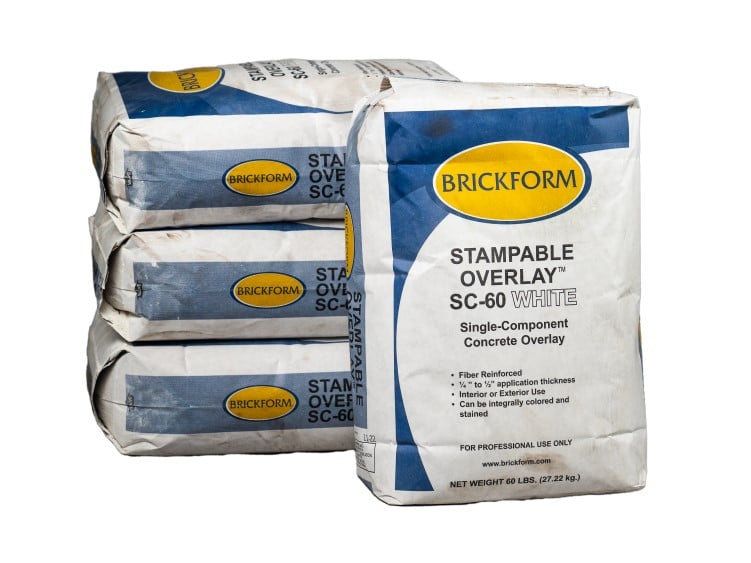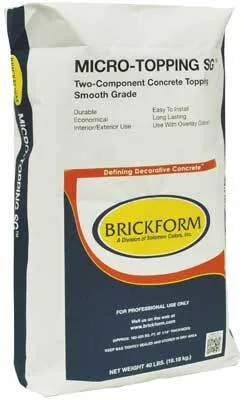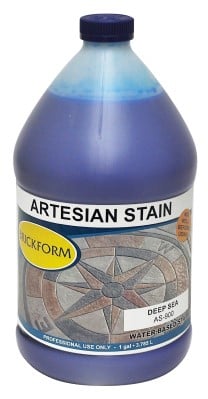8 Success Tips for Concrete Floor Makeovers
See some of the most popular client requests for indoor concrete floors and get tips for making them happen for your customers.
In many locations around the country, outdoor concrete work is put on hold during winter due to inclement weather. But there’s still plenty of work to be done indoors. Here are tips to help you be successful with concrete floor overlays and stains, so you can offer your clients solutions that work with their design ideas.
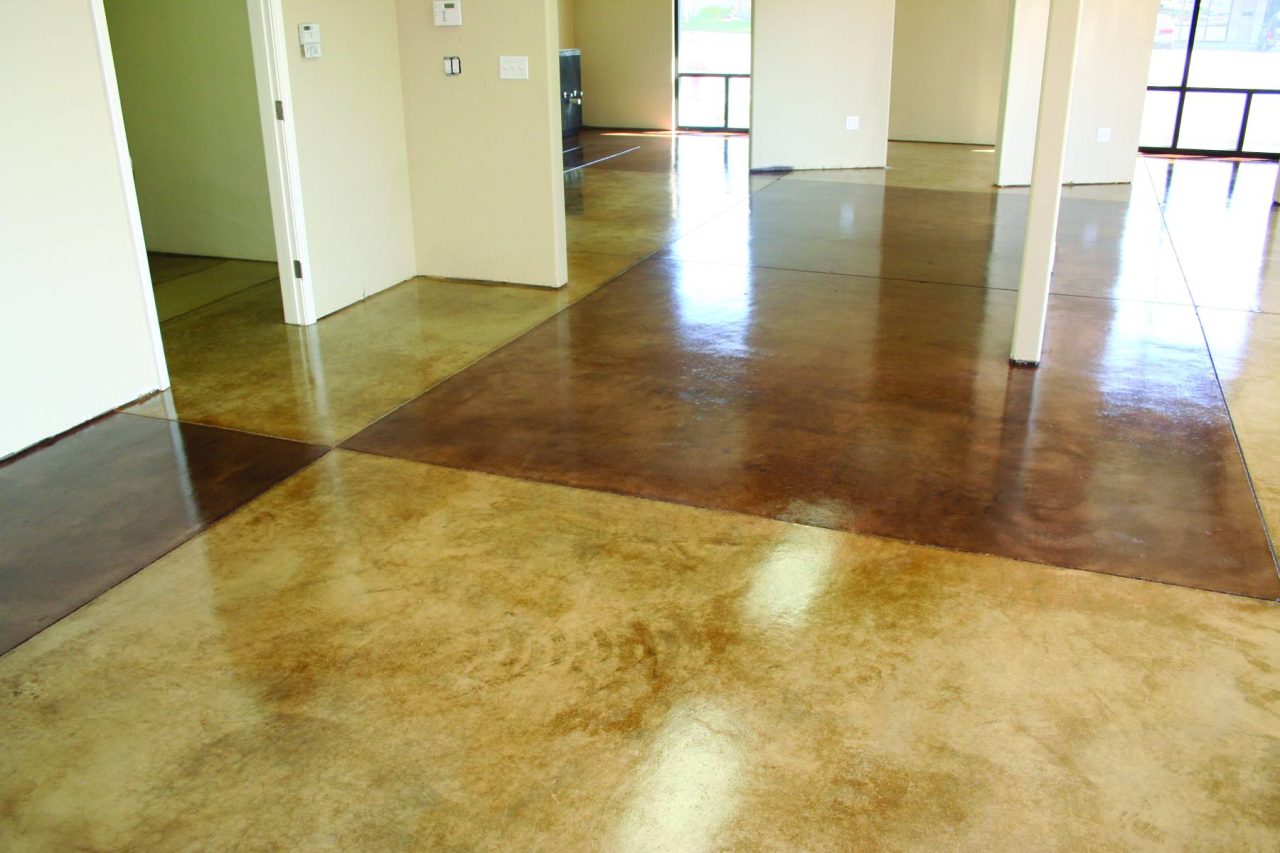
1. Assess the surface
First, you’ll need to determine whether you’ll use the existing concrete surface or apply an overlay.
- If your client wants to add texture or a stamped pattern to the surface, you’ll need to apply a stampable overlay.
- If you’re going to add color and the existing floor is in good condition and doesn’t need any repairs, you’ll be able to prep the existing surface and apply stains or dyes right to it.
- If the goal is to add color but the existing surface needs some repair work, you’ll want to smooth it out with a thin coating such as a micro-topping.
2. Pick the best overlay product
The best overlay for interior concrete floor transformation depends on what type of work you’re doing and the look you want to achieve.
- For stamped or textured floors, you’ll want to use an overlay compatible with stamping such as Brickform’s Stampable Overlay which you can apply right on top of existing, structurally sound concrete.
- For a durable surface that can be colored or stained, you’ll want to use a thin coating such as Brickform’s Micro-Topping.
- For unique floor finishes that look like brick, stone, or tile, use SM Pro. Trowel it on to create a variety of textures and patterns. Use it with design tape, Overlay Liquid Colorant or stains.
- For a durable resurfacing solution with consistent coloring, use Cem-Coat. It comes in a variety of rich colors and rolls on like paint. Plus you can further enhance the color with antiquing agents or stains.
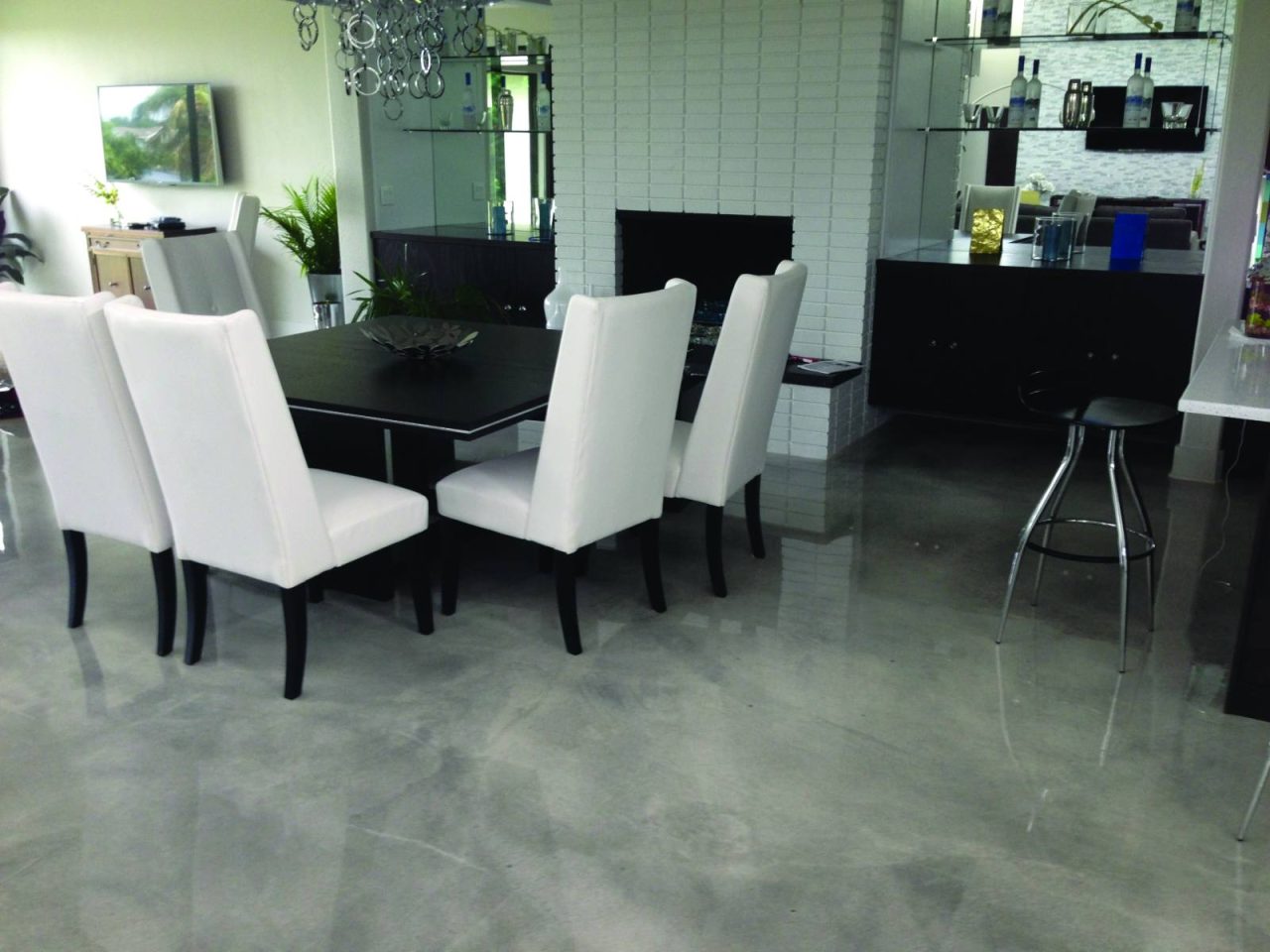
3. Make sure you can create trending looks
If you have clients interested in a concrete floor makeover, here are some of the more popular flooring options you can offer using overlays and stains.
Faux Wood Flooring
For homeowners and business owners, getting the look of wood flooring with the durability of concrete is extremely appealing. So, how to make concrete floors look like wood? A high-quality stamp is key. Use Brickform’s Stampable Overlay then choose from one of our many Wood Pattern stamps. We offer designs ranging from rustic to contemporary.
Our detailed stamps are carefully created to create a realistic wood look. Our Ozark Barnwood stamp, for example, was cast from authentic reclaimed barn siding and contains knots, saw cuts, and deep weathered grooves.
Unique Patterns & Designs
If a client is looking for something that’s eye-catching and intricate, you may want to introduce them to the idea of including a scored or stenciled pattern, medallion, or even a custom logo as one of the design options.
Colorful Creations
No matter the type of color transformation your client is looking for, you can make it happen using the right stain or dye.
- For earthy and classic coloration, use an acid stain such as Brickform’s Blush-Tone Acid Stain. This stain reacts with minerals in newly cured or existing concrete by penetrating the top layer with a color that doesn’t chip, crack, or peel. Available in 10 colors.
- To get unique color effects that simulate the natural shadings and aged appearance of stone or masonry, use a water-based stain such as Brickform’s ARTesian Stain. With this product, you can mix different colors together, apply “highlight” colors over other colors, and use techniques such as rag rolling, sponging, and others to create a unique look.
- If your client is looking for a vibrant interior floor, you’ll want to opt for a dye such as Brickform’s Pro-Dye Plus, which is available in many vivid colors. It comes in a liquid form, making it easy to use. By penetrating the surface of the concrete, this dye creates a layer of translucent color that dries quickly and doesn’t chip, crack, or peel.

Pro tip: If you’re staining an overlay, you’ll likely have the best results with water-based stains or dyes, while acid stains react best with an existing concrete slab.
4. Focus on proper surface preparation
Before coating or staining a surface, the concrete slab needs to have the right surface profile. If you don’t properly prepare a surface, your coatings, stains, or other materials might not penetrate or bond with the surface, causing issues later on.
Before applying any material, you’ll want to start with a blank slate, free of other materials such as sealer or paint. To do this, you can etch, grind, or use other techniques to remove anything that might interfere with your new application. Get more details about surface prep.
By using the right products, you can make the preparation step simpler:
- E-Etch is an industrial strength floor cleaner, degreaser, and light etching product ideal for prepping surfaces for acid staining, decorative overlays, water-based stains, and coatings.
- Neutra Clean is intended to be used to remove light oil, grease, or other types of stains. It’s also used as a neutralizing agent on acid- and reactive-stained floors before sealing.
- Strip-It is a stripper for water- and solvent-based sealers and paints.
5. Be ready to explain the benefits (and address concerns) about concrete flooring
If your client is new to interior concrete floors, they may have lots of questions since many people associate concrete with the outdoors. Come prepared to discuss the many reasons both homeowners and business owners love interior concrete floors.
- Hypoallergenic. Unlike carpet, concrete floors don’t host dust bunnies and other allergens. Concrete floors are also resistant to retaining odors.
- Easy to clean. General cleaning includes sweeping or vacuuming to remove dust and other particles, and moping when needed. A sealed interior surface is non-porous, making it easy to wipe up spills.
- Durable. Concrete floors don’t scratch easily, making them great for people with pets.
- Customizable. With overlays and stains there are limitless color and finish options. Show your clients the creative side of concrete.
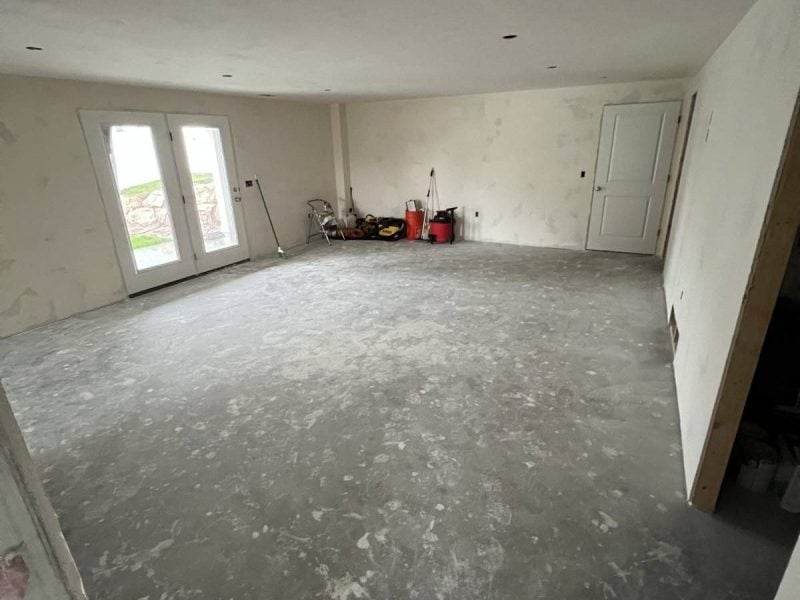
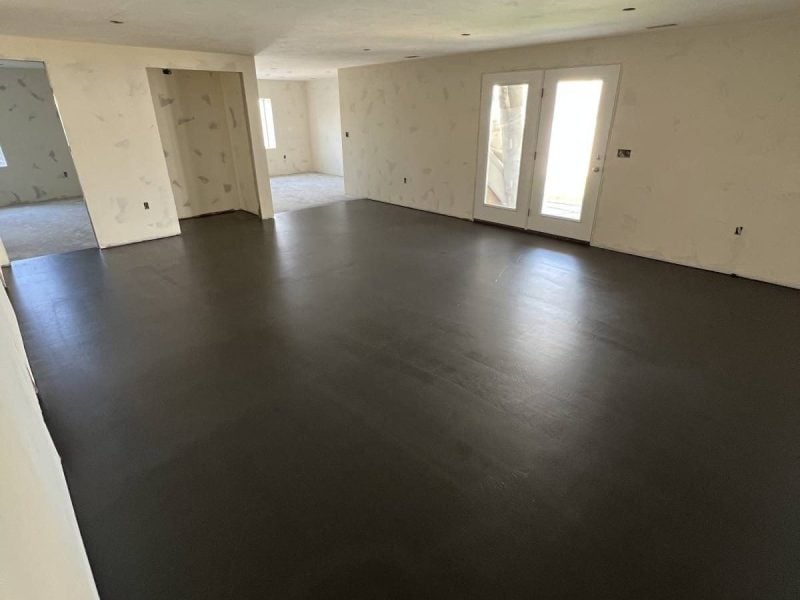
Also, these are the top questions and concerns about concrete floors, so come prepared with answers:
- Are they cold?
- Are they expensive?
- Will they crack or scratch?
- Are they slippery?
- How long do they take to install?
- How long do they last?
6. Create samples or mockups
After getting a sense of the type of design your client wants, bring several large samples to their site so they can get a clear idea of what the finished surface will look like so they know what they’re getting.
Take it a step further by even creating a sample on a spot of their floor. Choose a place that isn’t prominent or will eventually be out of sight such as a closet or where an appliance will be placed. That will give both you and the client the best idea of how the finished surface will look.
7. Familiarize yourself with the application process beforehand
Even if you’ve installed interior concrete floors before, it’s always good to get a refresher and educate yourself. Make sure to read TIS sheets for all products you’re using. It’s also helpful to see how others complete the application process to get expert tips and tricks. To do this, you can watch videos, or better yet, attend an in-person training.
Here are more videos you may find helpful:
8. Educate your client about sealing and cleaning their floor
At times, clients can be hesitant to spend the extra money on sealing their surface. Make sure to emphasize that sealing is an investment that will both protect their concrete floor and make maintenance easier. Some contractors even choose to include resealing in their initial quote to customers, that way it doesn’t feel like a surprise cost later on.
Pro tip: When sealing indoor concrete floors we recommend a high-performance sealer like DecoPoxy or UreMax, along with Premium Acrylic Floor Finish, which provides a wear-resistant sacrificial coating over the sealer.
See more details about applying sealer.
It’s also wise to convey the importance of cleaning the surface to extend its life and appearance. Always recommend a maintenance schedule and products that will help your client stay on track and keep their new floor looking great long term.
See More
